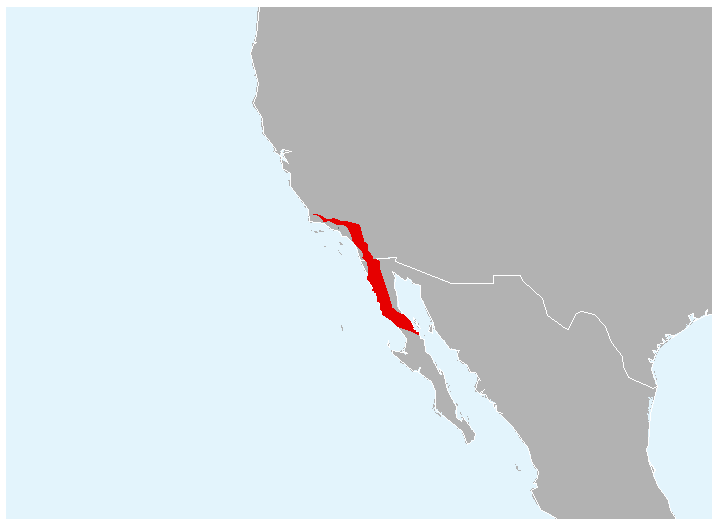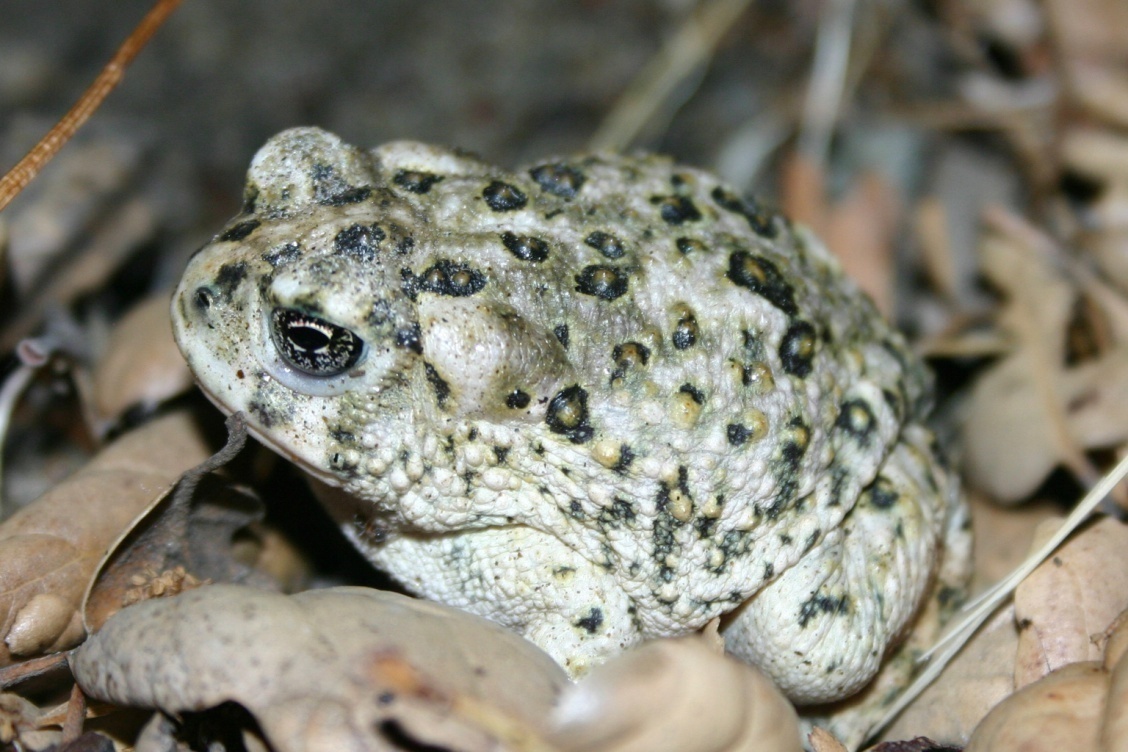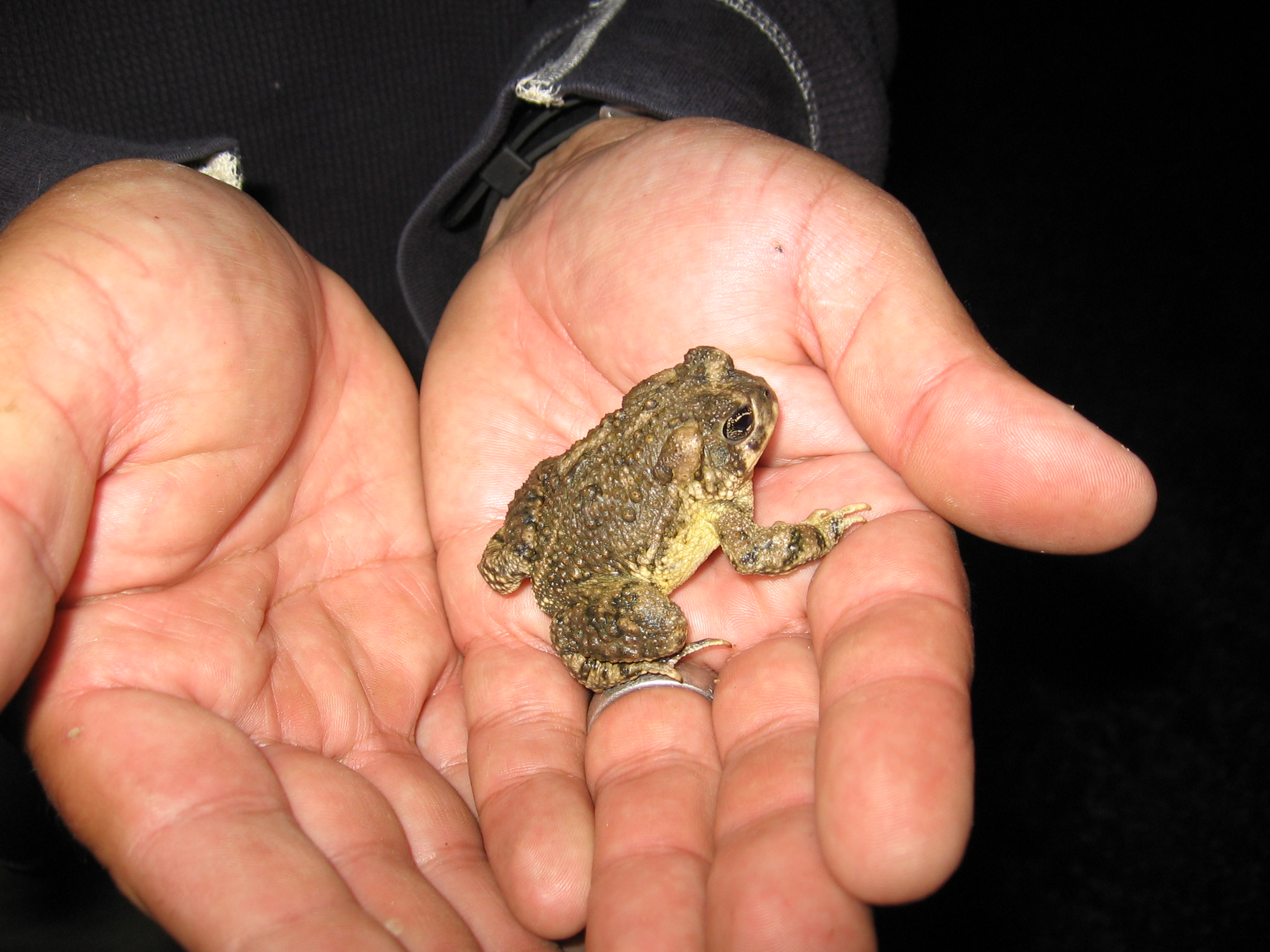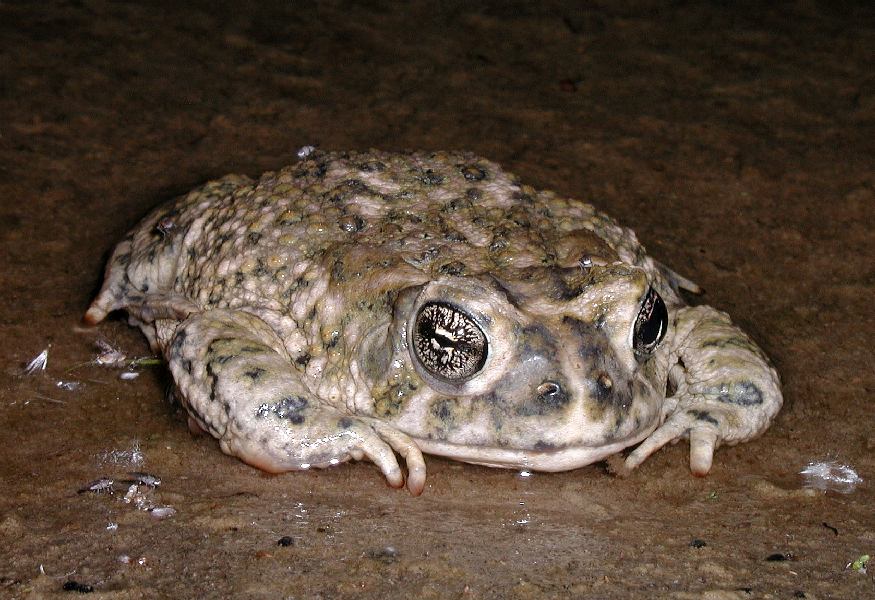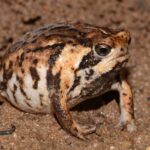Anaxyrus californicus: Unveiling the Hidden Life of California’s Arroyo Toad#
Hidden among serene streams, dry washes, and the sandy banks of California’s Mediterranean landscapes lives a small amphibian whose gentle resilience belies the struggles it faces. Known scientifically as Anaxyrus californicus, the Arroyo toad is not only a charismatic symbol of southern California’s delicate riparian ecosystems but also a powerful indicator of environmental health.
From its curious hopping gait to its nocturnal serenades, this species brings a quiet yet profound magic to the regions it inhabits—ecosystems increasingly under threat from development and climate change. Join us on a journey into the intriguing world of this humble resident of California’s riparian woodlands and dry streambeds.
Taxonomy and Classification#
Formerly known as Bufo californicus, the Arroyo toad was reassigned to the genus Anaxyrus following extensive genetic research in amphibian taxonomy. It belongs to the family Bufonidae, more commonly recognized as “true toads.” The genus name Anaxyrus comes from ancient Greek, signifying “king” or “chief,” perhaps a nod to the unique ecological roles these toads often fulfill within their habitats.
Though closely related to species like the Western toad (Anaxyrus boreas), the Arroyo toad exhibits distinct morphological and ecological differences, setting it apart as a unique species worthy of conservation attention.
Natural Habitat#
Geographical Range and Distribution#
Anaxyrus californicus inhabits a geographically restricted range primarily within southern and central-coastal California, stretching from Monterey County in the north to Baja California, Mexico, in the south. Historically widespread along the streams and rivers of coastal and foothill regions, their numbers have dramatically declined over recent decades.
Habitat Preferences#
Arroyo toads favor slow-moving streams with sandy or gravelly substrates, a habitat affectionately known as an “arroyo.” These ephemeral waterways often dry up seasonally, creating dynamic habitats that pulse with life following rainfall, and which remain dormant through prolonged drought periods.
The toad’s affinity for open stream terraces adorned by sparse vegetation allows them ample ground for breeding and foraging. Sandy washes, riparian terraces, and streambanks—with their loose sediments ideal for burrowing—form the heart of the Arroyo toad’s domain.
Interactions with Their Environment#
The Arroyo toad’s life cycle impeccably aligns with the unpredictable pulse of seasonal rainfall characteristic of California. Their survival hinges upon delicate timing—breeding activity is prompted by winter and spring rains, with adults migrating over short distances to breed in shallow, warm pools. This intimate synchronization demonstrates how deeply interconnected this species is to its fragile and changeable ecosystem.
Physical Characteristics#
At first glance, the Arroyo toad’s physical appearance might not seem dramatic—but closer inspection reveals its quiet beauty and remarkable adaptations. Adults typically range from 2 to 3 inches in length, with females slightly larger than males.
Their skin varies from muted olive-brown and grayish-tan to sandy hues, punctuated by small, darker blotches, providing outstanding camouflage against the sandy substrate they inhabit. Unlike many other toads, Arroyo toads showcase weakly pronounced cranial crests and subtle parotoid glands behind the eyes, which secrete mildly potent toxins as a defense mechanism against predators.
One fascinating adaptation is their specialized burrowing ability. Armed with strong, shovel-like hind legs, they deftly dig into loose sand and soil, creating shallow shelters that protect them from harsh midday sun and predators alike.
Behavior and Life Cycle#
Feeding Habits and Predation Strategies#
Nocturnal by habit, Arroyo toads typically emerge from their sandy retreats after sunset. Under the cover of darkness, they embark on a nightly quest for food, predating on an assortment of insects, beetles, ants, and other small invertebrates inhabiting the sandy dunes and riparian zones.
Sit-and-wait hunters by nature, they rely upon stealth, patience, and precise aim to catch prey. A flick of their sticky tongue is enough to snatch unsuspecting insects—a testament to evolutionary precision honed by thousands of years of natural selection.
Breeding Surprises and Life History#
When rains revive arroyos each spring, their ephemeral stream beds become bustling courtship grounds. Males congregate along shallow stream edges, their high-pitched trills and gentle calls punctuating the nighttime stillness. Their calls function both in attracting mates and warding off rivals, forming a gentle symphony unique to these riparian margins.
Females, drawn by this serenade, lay gelatinous strings of eggs submerged in shallow, warm pools. These eggs soon hatch into black tadpoles, vulnerable yet well-adapted for rapid maturation. Within several weeks, tadpoles metamorphose into tiny, terrestrial juveniles, facing predators and challenging ecological conditions with remarkable fortitude until achieving adulthood.
This rapid developmental cycle is an ingenious adaptation to ephemeral water availability. Such finely tuned timing underscores how sensitive Arroyo toads are to environmental disturbances and climate fluctuations.
Ecological Role#
Arroyo toads, though small and unassuming, play a critical ecological role in maintaining the health and balance of their arid and riparian ecosystems. Serving as both predator and prey, they contribute significantly to nutrient cycling and energy flow dynamics, regulating insect populations and providing sustenance for predators like snakes, birds, and mammals.
Their presence also serves as a sensitive indicator of habitat integrity, as any notable decline in their populations usually signals disruptions in water quality, habitat availability, or broader environmental stressors.
Threats and Conservation Status#
The Arroyo toad has experienced significant population declines during recent decades, primarily due to habitat destruction from urbanization, water diversion, and altered hydrology. Additional threats include invasive species, such as non-native predatory fish and bullfrogs, diseases such as chytridiomycosis, pesticide runoff, and prolonged drought accentuated by climate change.
Consequently, Anaxyrus californicus has been classified as Endangered under the U.S. Endangered Species Act since 1994 and is listed as Endangered on the IUCN Red List of Threatened Species. Despite this alarming classification, proactive efforts persist to stabilize and restore populations through habitat restoration, breeding management, invasive species control, and educational outreach.
Cultural and Scientific Significance#
While the Arroyo toad might lack the widespread cultural recognition afforded to more charismatic species, their presence continues enriching California’s natural heritage. Recognized by indigenous communities as sensitive indicators of ecological balance, these toads subtly mark the boundaries between thriving riparian habitats and disrupted ecosystems.
Furthermore, scientists closely monitor Arroyo toad populations for insight into broader environmental conditions. Being highly sensitive to even subtle environmental shifts, they have emerged as trusted barometers of habitat health, heralding environmental changes long before these become obvious to us.
Conclusion: Championing the Arroyo Toad’s Future#
In distilling the intricate web of life dependent upon California’s fragile riparian landscapes, the humble existence of Anaxyrus californicus stands out clearly. Their gentle persistence echoes the story of many wildlife species currently facing considerable challenges from human-induced habitat loss, climate change, and invasive threats.
As nature enthusiasts, conservationists, and conscientious stewards of our planet, recognizing the hidden wonders of these inconspicuous creatures deepens our bond with the natural world. Together, we venture forward, advocating for precaution, conservation, and informed stewardship to safeguard the irreplaceable charm and ecological value of California’s own Arroyo toad.
Let’s ensure that generations yet to come can continue to witness, appreciate, and discover the quiet brilliance embodied in species like Anaxyrus californicus. Our active awareness and continued conservation efforts can help preserve this remarkable amphibian and restore the delicate ecosystems on which it—and we—all depend.
